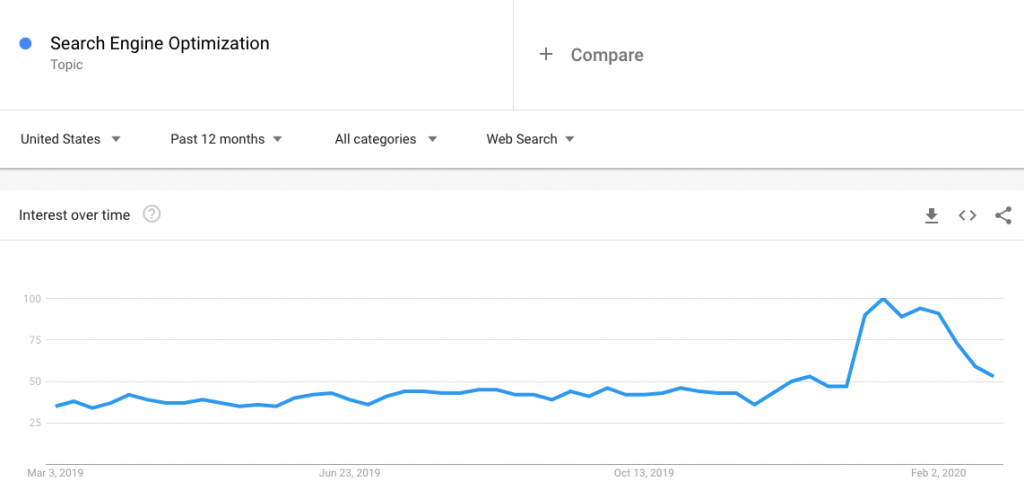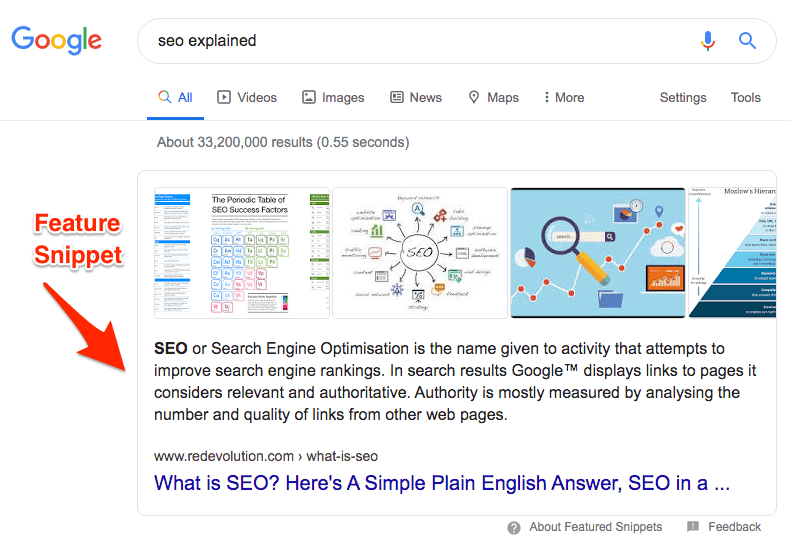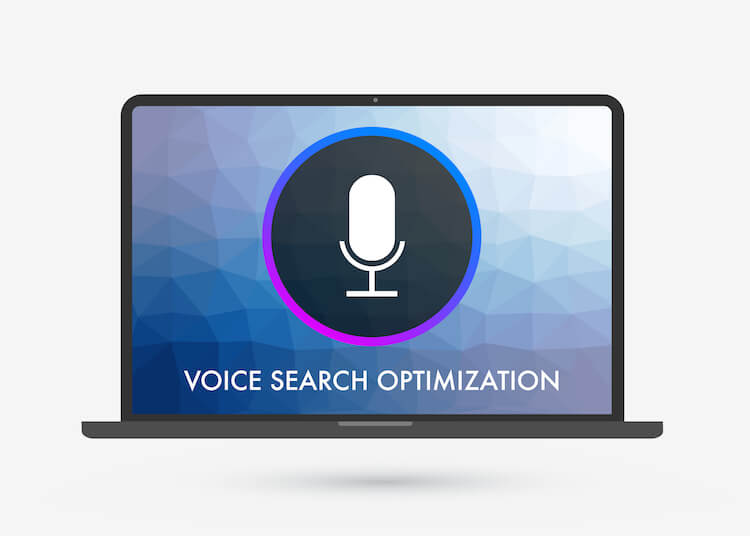
SEO copywriting tips can help turn your website from good to great.
So, what are you doing to improve your SEO?
With Google admitting that content and backlinks have the power to move the needle, these should always be a central part of any SEO strategy.
But are you using your words to increase rankings too?
More than a way to write content that speaks to Google’s ranking algorithm, the words you use have a massive impact on the way people interact with your site.
And if you can improve these valuable user signals, your business can fly to the top of the SERPs.
Because SEO does not only demand excellent content but a way for people to engage with that content. After all, what value is a well ranking piece of content if no one wants to engage with it, read it, comment on it or share it?
So, use the following 6 SEO copywriting tips to improve your rankings in 2020.
#1 – Focus On Your UX
You don’t write content just for the sake of writing. And you don’t write content just to stuff with keywords.
Those times are long gone. Today, SEO is not about writing as much as you can or stuffing them with keywords; it is about offering what people are looking for in the simplest way.
In other words, the main goal is offering value.
This is explained by the entrepreneurs behind eCommerce site Tow and Line. They note “UX is key when selling products online. For us that meant copy that evoked feelings of being warm and safe to make site visitors feel positive emotion, then pairing it with clear and crisp product images. This helped increase sales last quarter, showing how small UX changes can have lasting results.”
Only through this method will you attract visitors on your page and convert them into regular paying customers.
You can use free tools like Google Trends or Answer The Public to find what people are searching for in real time. From there you can create content that is designed to solve the problems of your users.
This is the key to UX that draws people in. And with more people spending more time on each page of your site, your SEO will improve.

#2 Publish Long-Form Content
Length is strength.
SEO is a topic or subject where size DOES matter.
Research has proven that long content receives higher traffic compared to shorter content. While the average length of a page on Google’s first page is 1890 words.
That is because long content has better potential in solving a person’s question or problem. As such, it would be wise to consider content with more than 1000 words if the topic requires an in-depth approach.
This is a tactic adopted by David Xiberras and the team at Richmond Kitchens. They explain “we take time to write blogs that have more than what our readers would expect. Even if that means adding an extra 200, 300 or 500 words, the end result is something people want to read, share and engage with. It’s content marketing 101 and it still works in 2020.”
As tempting as it can be to save time, avoid publishing thin content. Organic search engines like Google want content that directs users to high quality sites. As such, content should go into detail. This technique helps users locate everything they need on a single page rather than pogo-sticking back to the SERPs to look for more relevant information.
Consider tackling a single issue on one page or per article and go into great detail. What can you add to the topic to make your content stand out?
This could be:
- The most recent statistics
- Expert commentary
- New data or studies
- Updated information
This is the secret to effective SEO copywriting.
#3 – Focus on Long-Tail Keywords and Search Intent
The days of targeting one super niche keyword are over.
Google can now discern what someone is trying to accomplish for a search. So covering a wide variety of angles on any given topic is your new goal.
This is the process of combining long-tail keywords with search intent.
It is important to note that short-tail keywords are more general and receive extremely high search volume. While this can seem appealing, this has two drawbacks.
One: High volume means high competition. So the majority of sites will struggle to rank for these keywords.
Two: Short-tail keywords are typically informational, not commercial. For example someone searching for ‘shoes’ could be researching shoes, or reading about the history of shoes. Whereas someone searching for “where to find leather shoes New York” has a commercial intent. They want to find leather shoes so a sale is much closer.
With short-tail keywords having high competition, which makes them extremely challenging to compete and rank your website no-matter how well you have a targeting plan, what is the alternative to rank in 2020?
Long tail keywords and search intent.
This is the only way you can compete in the market in 2020. Even though long-tail keywords are specific and have smaller search volume monthly, they allow you a shot at getting your business on the first page of Google.
#4 – Tap Into Power Headlines
Headlines are the secret ingredient that make a meal irresistible.
What does this mean?
It simply means that a well-thought-out topic will get you clicks, share, and even sales. But a powerful headline on top of this topic can explode clicks, shares and sales.
So, how do you make your headline attractive to the search engine? Well, the information below has been derived from BuzzSumo’s research, that involved over 100 million headlines. This is what they found out:
- Including a number in your headline: It was discovered that a topic with a number receives more clicks in the search engine result page. According to the study, the rate of engagement was high on headlines that began with 7, 5, 15, and 10.
- Aim for 12 to 18 words: The study also found out that headlines, which had more than 12 words and not more than 18 words received a high click rate.
- Use templates: Headlines with phrases such as ‘Need To Know’, ’X Ways To’ and ‘The Future Of’ got the highest engagement for B2B companies. While B2C headlines might be things like‘X Things To’ ‘X Reasons Why’ and ‘X Ways To’.
#5 – Target Featured Snippets
Did you know that featured snippets steal attention from all other results on a search engine result page? This is what they look like.

Also known as position zero, the right feature snippet can help increase your CTR. So, how do you get there?
The first step is to ensure that you are ranked on the first page of an organic search engine like Google.
Then choose a keyword that you are already ranking for and see which others have a featured snippet. Now you have begun the steps of targeting featured snippets.
The moment you have identified the keywords, then you should create snippet bait.
BONUS TIP: How to create Snippet bait
This should include a block of text with about 40 to 60 words, which specifically target the featured snippet. The text is usually an answer to a question or factual information related to that specific keyword. For example, you may think of a definition and make it clear and then position it in the content.
You should also include a table or list. Google loves showing these in snippets so this can increase your chances further.
#6 – Optimize For Voice Search
When was the last time you asked your smartphone a question without using your hands?
Siri and Alexa are just two of the important tools many of us use. You give it command, and it will search the web for you.
The trend of voice search is increasing in popularity and looks set to grow in 2020. Rather than typing what you want to search, you just ask the software to deliver the results.
However, voice assistants only read out the first result, which means ranking #1 is key
As such, you should consider including voice search in your SEO copywriting strategy. This means writing in a way that people speak.
However, for you to optimize it, you must first rank on the first page and get featured snippets. People use voice search to ask real questions. This means they do not cut words and sentences.
Therefore, it would be wise to include actual questions in your content. All you have to do is think of questions one may search using the voice command and how they would ask it, or the exact words they will use in the article.

Author Bio:
Luke Kurtz is a freelance writer and a student majoring in Accounting in Sydney. Luke’s favourite pastime is watching movies. This is what he does when he is not in school.
Content Disclaimer: This article was authored by the writer/author indicated above in his/her personal capacity. The opinions and views expressed in this article are the author’s own and do not necessarily reflect the view or opinions of Web Design Just for You, or Eileen Forte.
